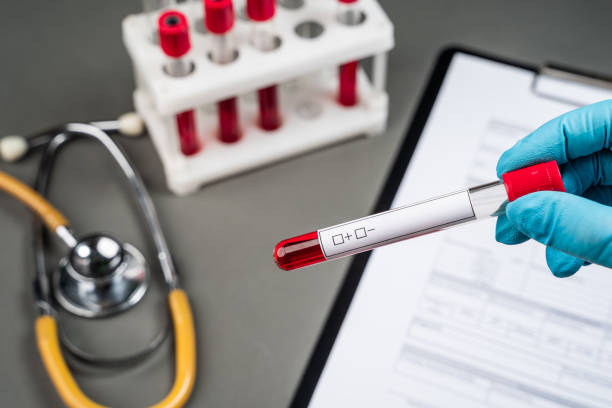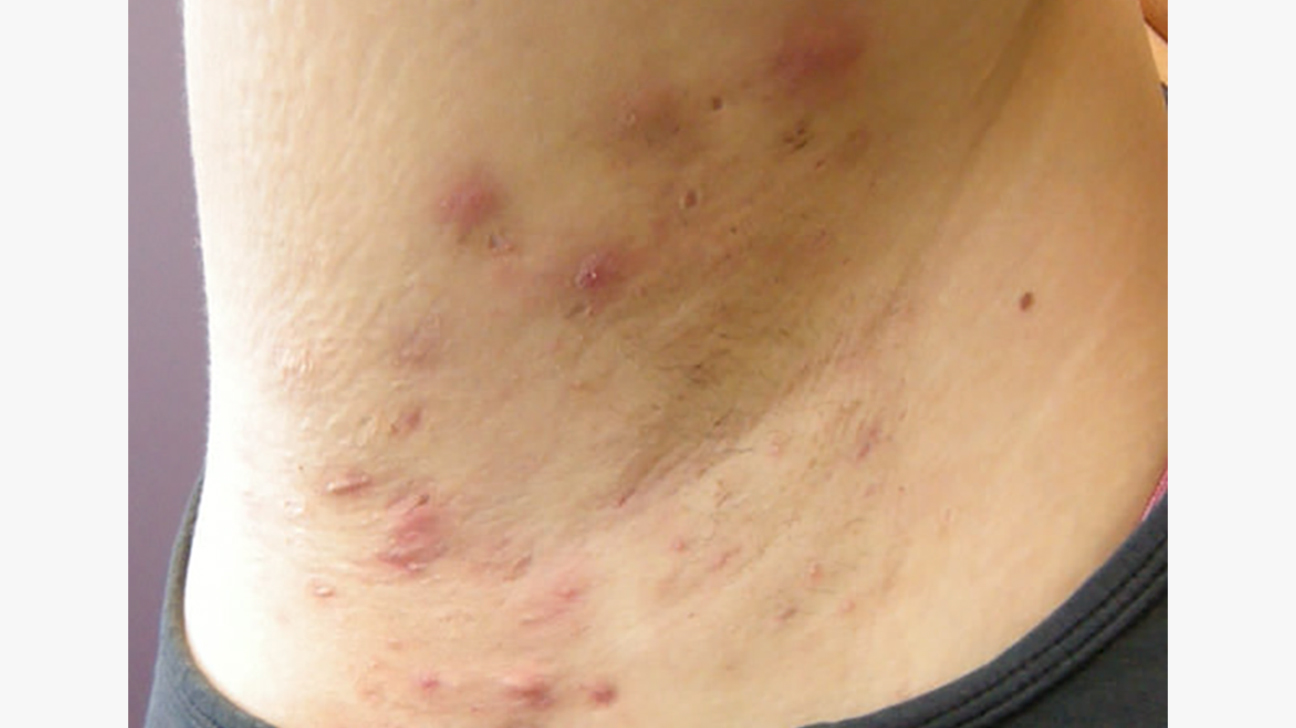Lyme disease is a bacterial infection that affects the body, particularly the joints. The pain can be intense or migratory, and it can affect multiple joints. It usually affects larger joints, such as the knees, but it can also affect smaller joints, such as the wrists or fingers. It can even affect the back or neck.
What are the top 3 severe symptoms of Lyme disease?
Lyme disease is one of the most common childhood infections, and symptoms can range widely. Symptoms usually appear three to 30 days after a tick bite. The early stages of the disease are easier to treat with antibiotics. However, if treatment is not started in time, the disease can progress to late stages, which are difficult to cure. Because Lyme disease symptoms may mimic those of other illnesses, it is crucial to visit a healthcare provider as soon as possible to avoid long-term complications.
Lyme disease often affects the nervous system and can lead to swelling of the spinal cord and brain. This can cause difficulty sleeping, neck stiffness, and a headache. These symptoms can persist for months and can be aggravated by stress or another illness.
What are the first signs of Lyme disease?
Children can show a variety of symptoms, including fatigue and irritability. These symptoms often appear gradually and may be persistent. In some cases, a child may be bedridden or lose their appetite. They may also suffer from decreased school performance or poor stamina. If you notice one or more of these symptoms in a child, it’s important to schedule an appointment with a pediatrician.
The most common early symptom is a rash, which is red or pink and is a result of the infection spreading through the skin’s tissue. It may develop three to 30 days after the tick bite. Some people may experience just one circular rash, while others may have several. A child may feel itching and a rash may also develop, but it’s not always evident right away.
How are kids tested for Lyme disease?
Lyme disease can affect children, but a simple blood test will usually rule out the disease. The rash that develops with the disease is known as erythema migrans. This rash usually begins in the area of the tick bite, but it can also appear on other parts of the body. In some cases, the rash may appear under the scalp hair, which can make it harder to detect.
The blood test for Lyme disease is typically performed with an Enzyme-linked immunosorbent assay (ELISA), which looks for antibodies in the blood. However, the test can give false positive results, particularly in the early stages of the disease. If a positive result is obtained, a second blood test may be required to confirm the diagnosis. An early diagnosis is critical for treatment to be effective.
Is Lyme disease curable if caught early?
The best way to determine if you have Lyme disease is to undergo a blood test. If you test positive, your doctor will give you antibiotics. However, it is important to note that you will never eliminate the bacteria. The goal of treating Lyme disease is to reduce it to a level that your body can handle. If you leave the infection untreated, you run the risk of relapse.
The early stages of Lyme disease are characterized by flu-like symptoms and rash. Lyme disease can also cause brain fog, swollen joints, and nerve damage throughout the body. A healthcare provider can diagnose Lyme disease based on these symptoms and other physical findings.



